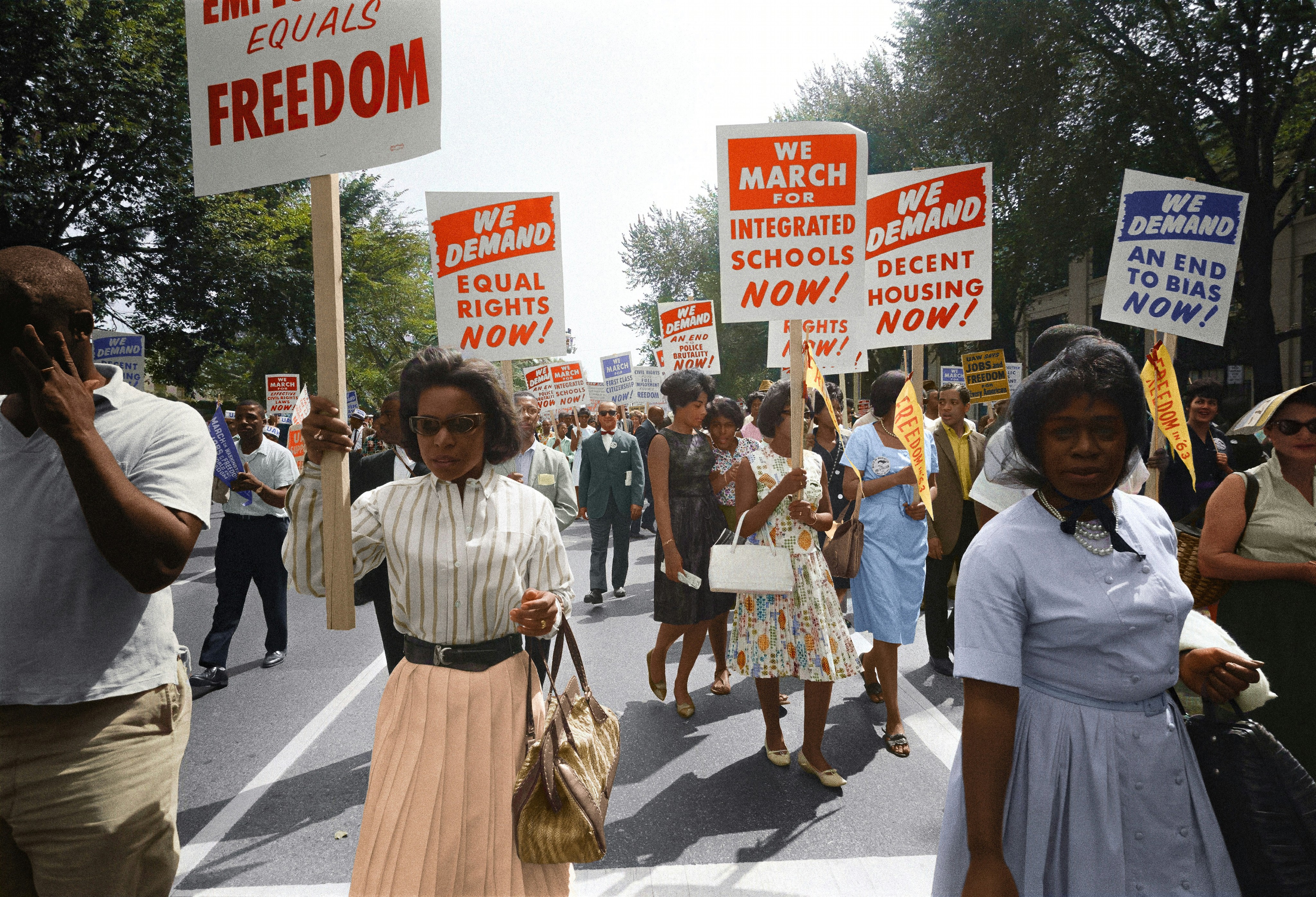The Legacy of Black Wall Street: Lessons in Economic Resilience and Revival
Feb 12, 2024
Richard Hurt
Feb 12, 2024
5 Comments
The Legacy of Black Wall Street: Lessons in Economic Resilience and Revival
In the early 1900s, African Americans were migrating to Oklahoma seeking land and opportunity that was denied to them in other areas of the Deep South under Jim Crow laws. The all-Black town of Greenwood just outside Tulsa became a welcoming destination for those looking for a chance to live, work, and thrive free of the worst limitations and dangers of violently racist communities.
It began modestly, with working-class families buying up land to build homes and farms. The first business establishment in Greenwood opened in 1905. Soon churches, restaurants, grocery stores, hotels, funeral parlors, and professional offices started emerging to serve the everyday needs of the growing neighborhood. As Tulsa grew into a bustling industrial hub, oil millionaires were minted seemingly overnight. Wealthy Blacks chose to live in Greenwood alongside the working class, and brought their money to invest in the community.
Visionary builders and business owners were committed to economic self-sufficiency and autonomy. Funds that might have left the community instead recirculated among Black-owned institutions. This circulation fertilized prosperity. By 1918, the Tulsa Star newspaper already proclaimed Greenwood as “the fastest growing Black business district in America.” When a cashier needed a loan to open a movie theater, two prominent Black businessmen stepped up to fund it. The community spirit of uplift and entrepreneurship paved the way for Greenwood’s exponential growth in the 1910s and 20s.
By the time of the Tulsa Race Massacre in 1921, Greenwood boasted hundreds of successful enterprises from grocery stores to hotels to doctors’ offices. It had become a national model of Black prosperity and achievement, earning its nickname “The Black Wall Street.” But this was all endangered by white resentment and mob violence, leading to the tragic events of 1921.
The story of Greenwood’s early idealism and ambitious ascent reminds us that economic justice requires committed work, yet yields abundant fruit. When communities join together in service of inclusive opportunity, there is no limit to what collective economic power can achieve. The founders of Black Wall Street built a remarkable legacy of financial freedom against all odds, one that resonates even decades later. Their pioneering example lights a path for how to continue building equity today.
Search here..
Recent Posts
Tags
History
Community
Leadership
Finance
Personal Development
Public Policy
Freedom
Education
Investing
Blog
Read More Articles
Adam Smith
03 Jul, 2023
Adam Smith
03 Jul, 2023
Adam Smith
03 Jul, 2023








